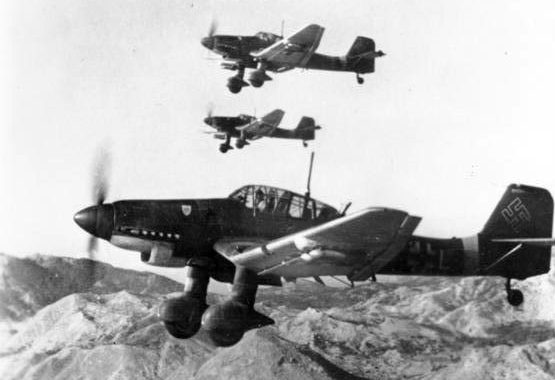Interesting facts about the Junkers Ju 87 StuKa; The German Dive Bomber
The Junkers Ju 87 or also simply known as Stuka was the German air force’s dive bomber and the ground attack fighter plane which was designed by a designer named Hermann Pohlmann. The aircraft took its first flight back in 1935 and was entered into service back in 1937. The aircraft was entered in the … Continue reading Interesting facts about the Junkers Ju 87 StuKa; The German Dive Bomber
